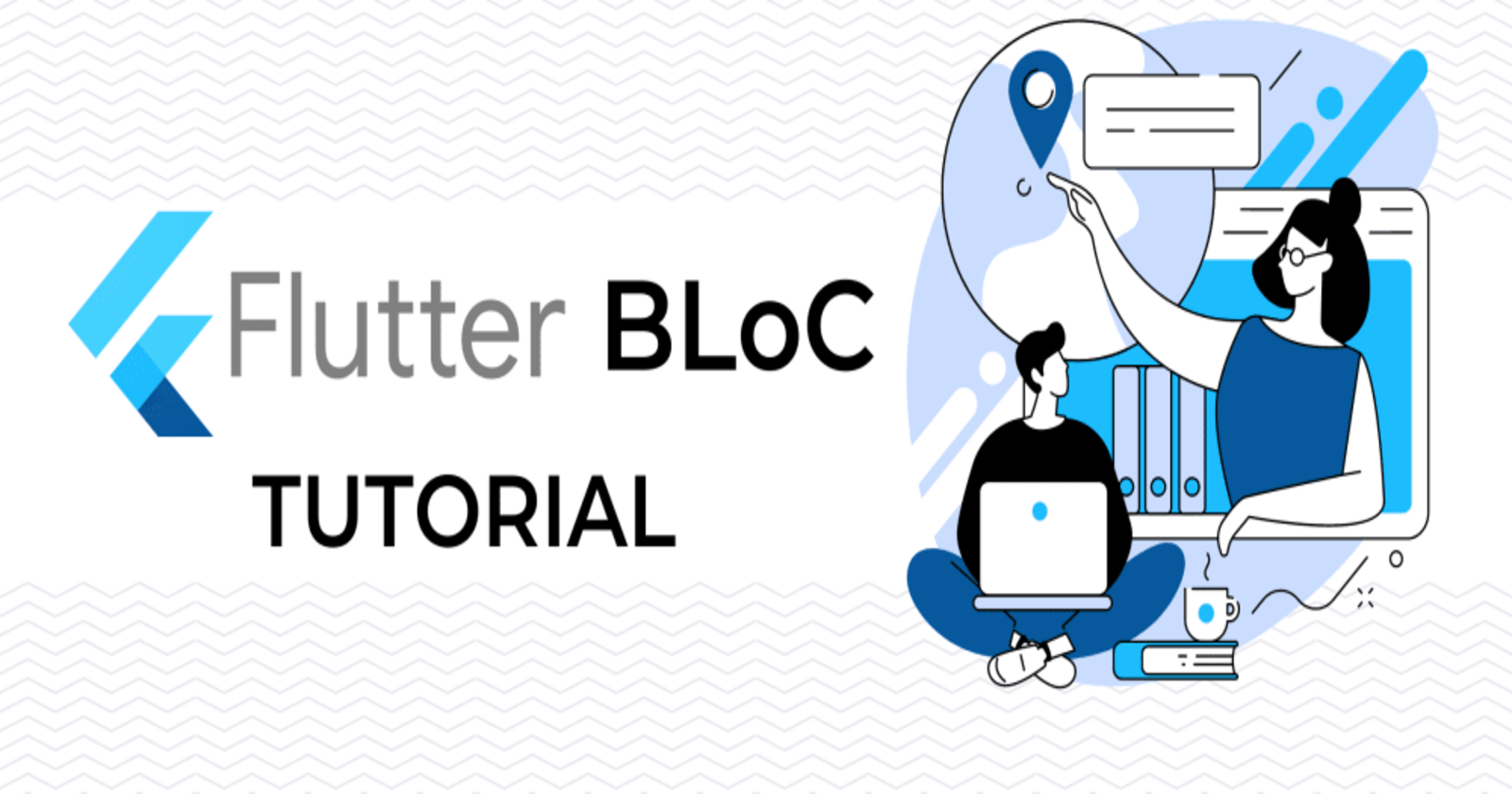Demystifying Flutter BLoC: A Powerful State Management Solution
 Aaditya Singh
Aaditya SinghTable of contents

Introduction: In the world of cross-platform app development, Flutter has emerged as a popular choice due to its ease of use, fast development cycles, and excellent performance. To build robust and scalable Flutter applications, developers often rely on state management solutions. One such solution that has gained considerable attention is the BLoC (Business Logic Component) pattern. In this blog post, we will explore the fundamentals of Flutter BLoC and understand its key concepts and benefits.
Understanding Flutter BLoC: BLoC is a design pattern for managing the state of a Flutter application. It helps in separating the presentation layer from the business logic, making the codebase more maintainable and testable. BLoC relies on the concept of streams and stream transformers, which are native to Dart, the programming language used in Flutter.
Key Concepts:
Streams: In Flutter, streams are a fundamental concept for handling asynchronous events. They allow the flow of data in a reactive manner, where data is emitted over time.
Sink: A sink is a way to add data to a stream. In the context of BLoC, the sink is used to dispatch events or user actions to the business logic layer.
StreamController: It is a class that controls the stream and allows adding data to it through a sink. The StreamController provides methods to listen to the stream and retrieve the emitted data.
StreamBuilder: Flutter provides the StreamBuilder widget, which allows us to build UI components that automatically update whenever new data is received from a stream. It acts as a bridge between the stream and the UI.
Business Logic: The business logic layer in BLoC is responsible for processing events and transforming them into states. It acts as an intermediary between the UI layer and the data layer.
Benefits of Using Flutter BLoC:
Separation of Concerns: BLoC promotes a clear separation between the UI and the business logic, making the codebase easier to understand and maintain. It allows developers to focus on specific aspects of the application without cluttering the code with unnecessary UI-related logic.
Reusability: BLoC encourages the reuse of business logic components across different parts of the application. This reusability not only reduces code duplication but also helps in maintaining a consistent application state.
Testability: BLoC makes it easier to write unit tests for the business logic layer independently of the UI. By decoupling the UI from the business logic, it becomes simpler to test different scenarios and edge cases, ensuring the stability of the application.
Scalability: As an application grows in complexity, managing state becomes crucial. BLoC provides a scalable solution by allowing the decomposition of complex logic into smaller, manageable components. This modularity enhances code maintainability and reduces the risk of introducing bugs.
Conclusion: Flutter BLoC is a powerful state management solution that provides clear separation of concerns, reusability, testability, and scalability. By implementing the BLoC pattern, developers can build robust and maintainable Flutter applications. However, it's worth noting that BLoC might have a steeper learning curve for developers who are new to reactive programming concepts. Nonetheless, with its advantages and community support, BLoC has become a popular choice for Flutter developers.
Subscribe to my newsletter
Read articles from Aaditya Singh directly inside your inbox. Subscribe to the newsletter, and don't miss out.
Written by
